



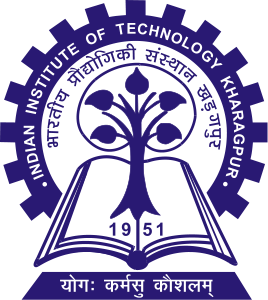

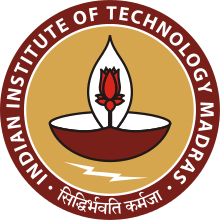
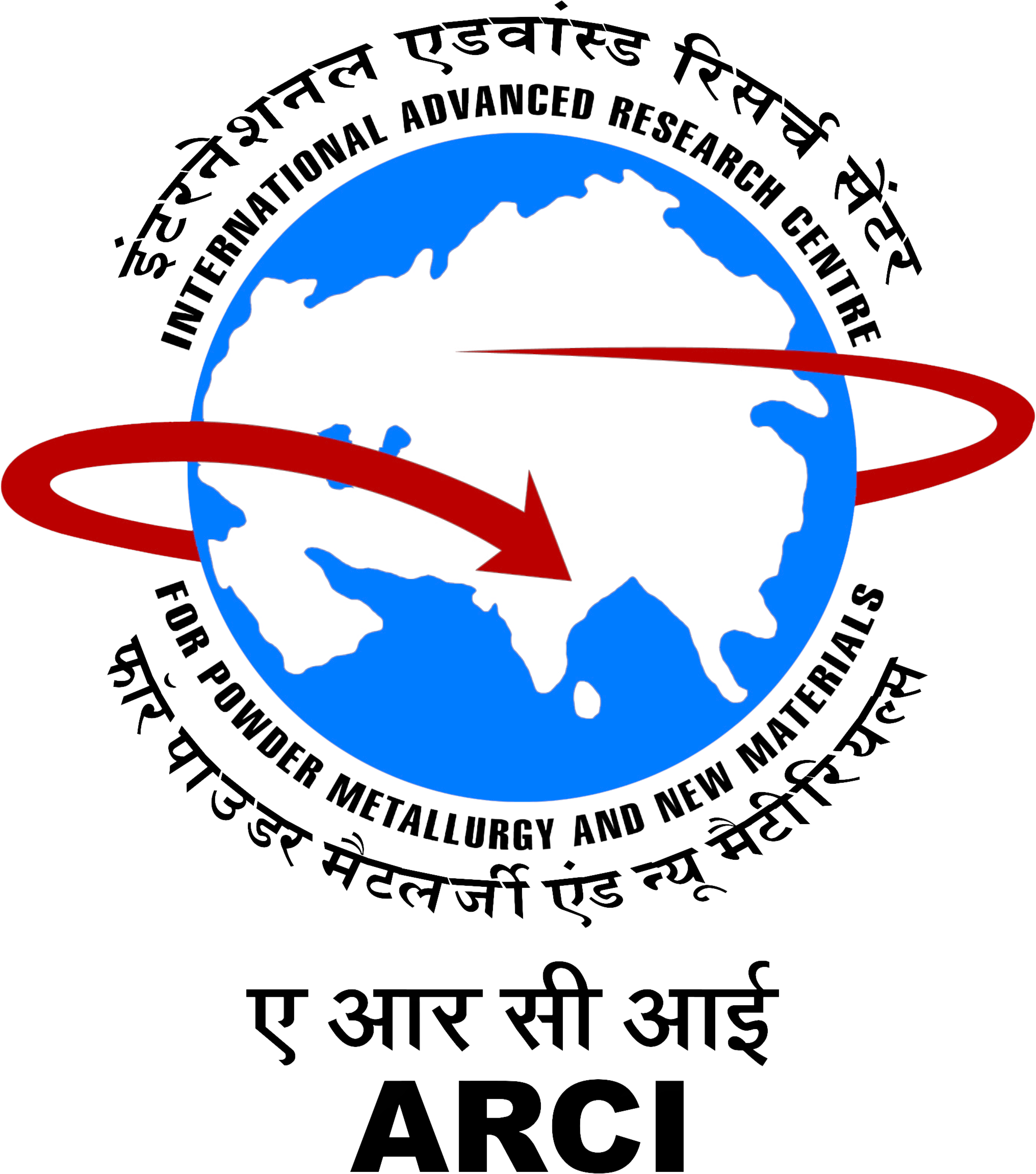
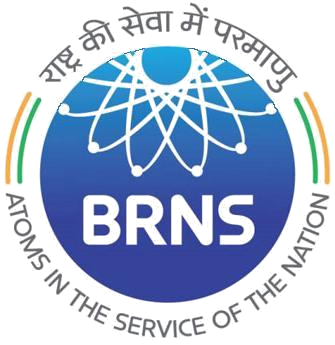









Atom probe tomography (APT) exhibits unique advantages and capabilities such as atomic resolution (lateral resolution: 0.3-0.5 nm and depth resolution 0.1-0.3 nm), 3D information about the position of the each atom in the analysed sample and chemical sensitity down to atomic parts per million. A sharp tip sample is prepared using Focused Ion Beam (FIB) as shown in Fig. 1 or electropolishing.

Prepared sample is then cooled to ~ 50K in the analysis chamber of the microscope. The tip is biased at high DC voltage (3-15 kV) and due to the sharpness of the tip, high electrostatic field can be generated. This field is sufficient to field evaporate atoms from the surface of the sample. By applying voltage pulse or laser pulse the field evaporated ions are projected on the position sensitive detector. Time (Time of flight measurement) taken by the ions to reach the detector is noted and the x,y position of the ions is detected. This allows to reconstruct the original position of the evaporated atoms in the analysed sample. Presently this is the ultimate tool to perform elemental analysis at this atomic scale. Principle of atom probe tomography is depicted in Fig. 2. To realise this capability it took certain time and effort.

In the 1950s, German scientist Erwin Wilhelm Müller developed field ion microscope (FIM). A positive voltage was applied to a needle shaped specimen to field evaporate the adsorbed gases from the surface of the specimen. Field evaporated gas ions were directly viewed on the phosphor screen. Using this FIM, Müller and Kanwar Bahadur were the first scientists to observe atoms. Fig. 3 shows field ion micrograph of tungsten and platinum.

This microscope could not detect the chemistry of the analysed specimen. In 1969, to overcome this issue, time-of-flight (TOF) mass spectrometer was added by Müller and Panitz. Basically, it calculates mass to charge state ratio of ions with a known energy based on time taken by the ions to reach the detector from the sample.To calculate the time Müller and colleagues applied voltage in pulse mode. This restricted the microscope community to use only electrically conducting samples. Two major breakthroughs came in 1980s, implementation of laser pulses for field evaporation was introduced by Tien Tsong and Gary Kellogg from Sandia National Laboratories, USA. This opened up APT to non-conducting samples such as ceramics, glasses, oxides and semiconductors. The other break through was implementation of position sensitive detector. This invention by Alfred Cerezo, Terence Godfrey and George Smith at Oxford University in the UK, transformed 1D APT to 3D APT. This evolution has made APT as a unique tool to obtain 3D image with chemistry information at nanoscale. However, due to limited field of view (~ 25 nm), it could take days to collect the useful data.In 1994, Thomas Kelly, Davis Larson and Patrick Camus overcome these limitations by the introduction of local counter electrode. In this method, distance between the counter electrode and specimen reduced to ~ 50 μm. Due to this higher electric fields can be generated at lower voltages and this allows increasing the voltage pulse rate and expanding the field of view (~ 200 nm). This version of APT named as (Local Electrode Atom Probe) LEAP®. Currently, this is the approach adopted by all the commercial systems. Apart from this, improvement in MCP (Micro Channel Plate), reflectron, standard electronic systems, detectors and analysing software made LEAP a versatile tool to characterise metals, ceramics, composites, semiconductors, bio materials, rocks and fossils.
The most recent model LEAP 5000 is CAMECA's flagship product and it was introduced in 2014. Previous generation APT instruments could extract 15,000 atoms per second and the LEAP 5000 can pull 100,000 atoms per second. This shows one can get useful data in several minutes with these ultrafast microscopes. LEAP allows characterising the samples (50 x 150 x 500 nm3) at the sub nanometer spatial resolution by providing 3D atom-by-atom imaging and chemical information using time of flight mass spectrometry. Sample is field evaporated by laser or voltage pulse mode and the collected data is reconstructed using 3D computer models and analysed. Fig.4 & 5 shows the results obtained using APT.

|
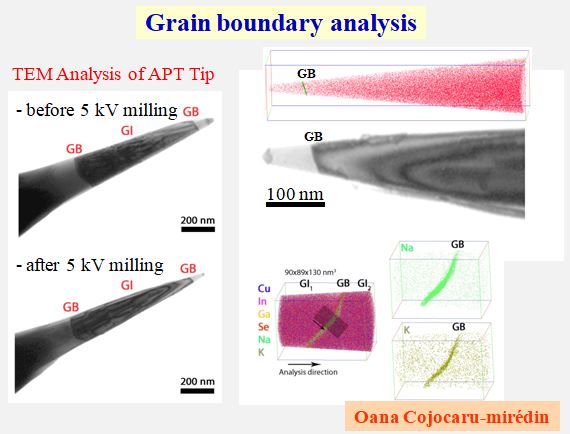
|
NFAPT has CAMECA LEAP 5000 XR (Voltage and Laser pulse mode). FEI -HELIOS G4 dual beam system is used for sample preparation. More relevant information on history, working principle, LEAP data, and instrumentation can be found from resources.
References: